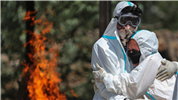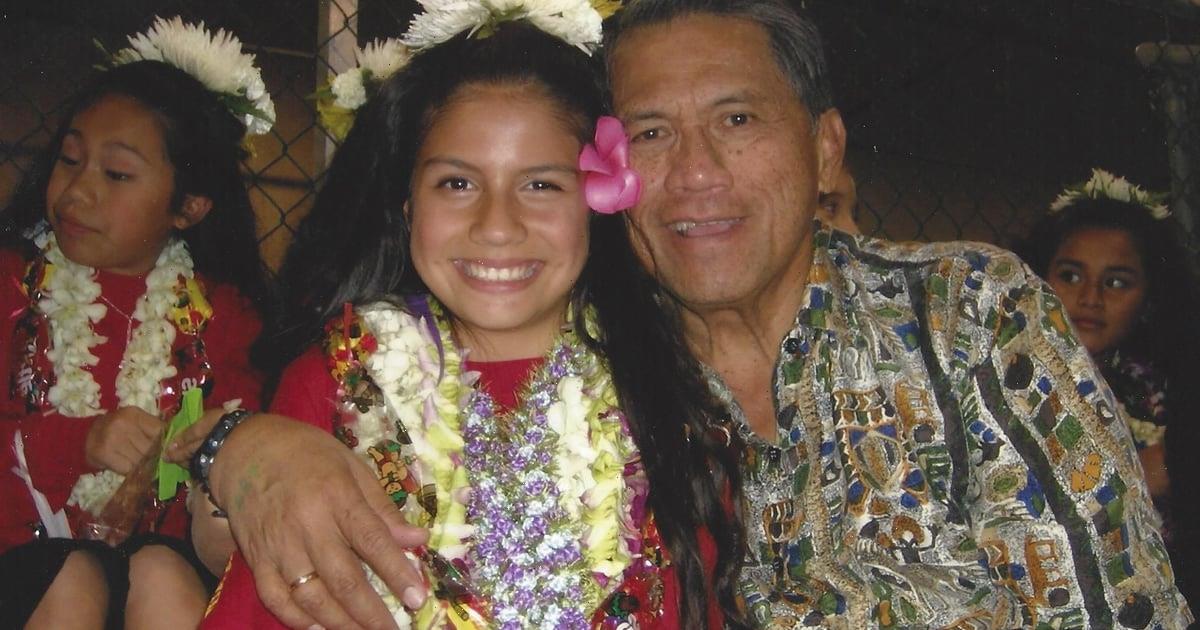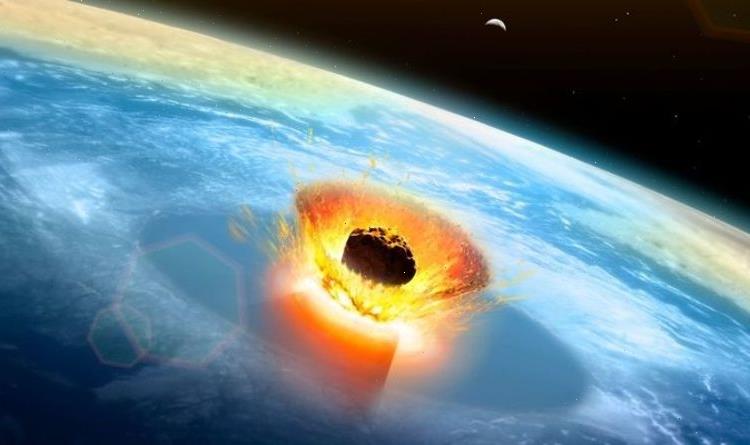India is being overwhelmed by a record-breaking wave of COVID-19 cases, with deaths keeping some crematoriums running 24 hours a day and hospitals running out of oxygen.
The surge in cases threatens global efforts to tamp down the pandemic and return to pre-COVID life, as India sees more than 300,000 new cases on some days.
“It’s almost like India hit a perfect storm,” said S.V. Subramanian, a professor of population health and geography at the Harvard T.H. Chan School of Public Health, noting the confluence of factors that caused the spike in new cases.
Here’s what we know about India and covid-19.
A relative of a person who died of COVID-19 is consoled by another during cremation in Jammu, India, on Sunday, April 25, 2021. (Photo: Channi Anand, AP)
How many COVID cases does India have? How many vaccines?
India is nearing 19 million cases of COVID-19, with more than 200,000 deaths, according to data from Johns Hopkins University. But the pace of both new cases and deaths is accelerating: The country saw more than 386,000 new cases over a 24-hour period earlier this week, a global record, with just under 3,500 deaths, the Hopkins data shows. Less than 2 percent of the country is fully vaccinated, as well, with just under 150 million doses administered for a population of more than 1.3 billion people.
Why is India having a second wave?
New COVID-19 cases reached an all-time low in India as recently as February, prompting people to resume attending sporting, religious and social events. Prime Minister Narendra Modi, for example, held massive political rallies, with crowds of tens of thousands of people.
A patient breathes with the help of oxygen provided by a Gurdwara, Sikh place of worship, inside a car in New Delhi, India, Saturday, April 24, 2021. IndiaÕs medical oxygen shortage has become so dire that this gurdwara began offering free breathing sessions with shared tanks to COVID-19 patients waiting for a hospital bed. They arrive in their cars, on foot or in three-wheeled taxis, desperate for a mask and tube attached to the precious oxygen tanks outside the gurdwara in a neighborhood outside New Delhi. (Photo: Altaf Qadri, AP)
Modi has also faced accusations that he’s tried to downplay the pandemic, with the government ordering Twitter to remove posts critical of the government’s response to the virus.
Environmental factors played a role, as well. Lower humidity in some parts of the country, such as New Delhi, potentially helped the virus spread faster.
And, as in some other parts of the world, the rise of a new variant has complicated efforts to fight the disease.
What to know about the COVID variant in India
The new covid variant in India is called B.1.617, and it’s distinguished by having not one but two mutations on the virus spike. Scientists are still studying how that so-called double mutant might differ in terms of transmissibility and response to vaccination.
But another variant, B.1.1.7, is also spreading in India. That variant, first identified in the United Kingdom, is highly infectious. B.1.1.7 is now the dominant strain in the United States.
Can Indian Americans go to India (or vice versa)?
As of May 4, the Biden administration plans to restrict travel from the United States to India for foreign nationals because of the jump in cases.
“The policy will be implemented in light of extraordinarily high COVID-19 caseloads and multiple variants circulating in the India,” White House press secretary Jen Psaki said in a statement.
Flights from India will not be banned.
Source: Read Full Article



